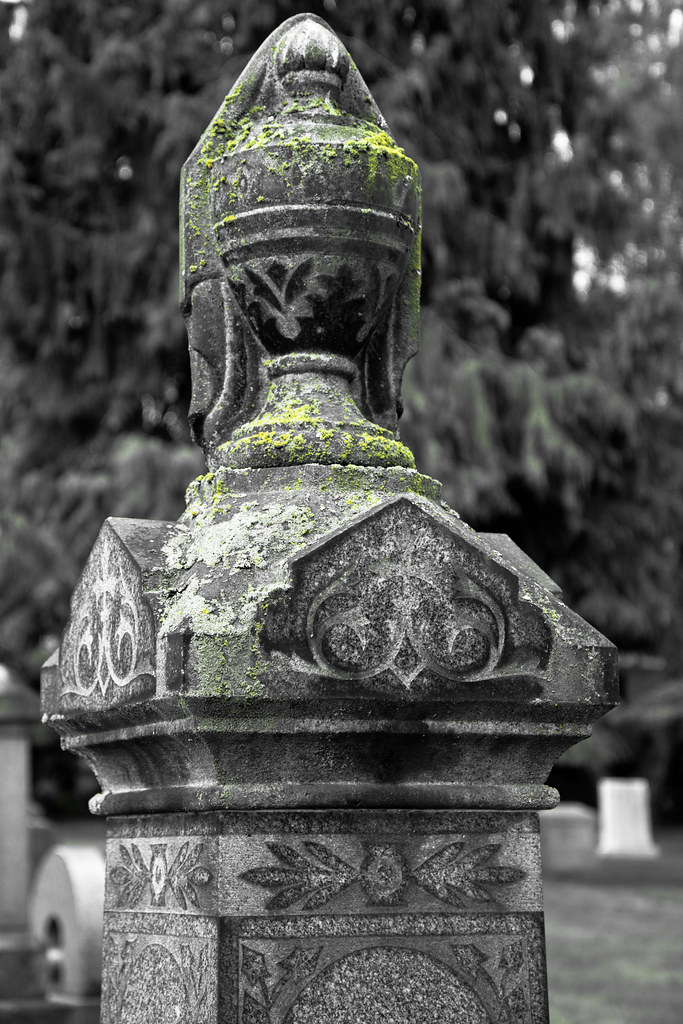By April, the Pacific Northwest reaches the final phase of the extended mental breakdown known as winter. With barometers hinting of change and Vitamin D supplies dwindling to critical lows, any respite from the rain is hailed as a minor miracle. Cue birdsong, and the occasional hallelujah.
A day without rain is golden.
As April advances, previously impenetrable cloudbanks give way to patches of poorly recalled blue. The soggy daylight again extends into the afternoon hours. Urbanites are no longer confined to the shelter of condominiums and office buildings and Costco warehouses. Farmers awake from hibernation and tend to their forgotten fields. Deer shed their winter antlers, and humans their winter fleece. The ubiquitous paddle boat is abandoned in its dock. Doves wheel in the sky, carrying sprigs of ivy. The flood has lifted.
In the Skagit Valley, alluvial soil drowned for months begins to dry out. Drainage channels carry away the river that once rightfully owned the land.
Nestled in the floodplain earth, agriculture blinks its eyes and emerges sleepily into the sunlight. Field by field, the mud chooses a name and a palette of colors. Flowers bloom, etching a brutalist geometry of nazca lines upon the loam.
A monocultural paradise arises rapidly, each flower a perfect little machine. Freshly captured sunlight stimulates structural growth. Atmospheric C metabolizes with Haber-Bosch N, and bonds with P and K from distant salt mines. Chemical weapons keep predators at bay.
And yet human hands are still required. Migrant farm workers travel north, following whispered rumors of el país del tulipán. Many perish on the trail. Some hundreds will find seasonal work.
These are the tulips of Skagit County.
Planted optimistically in the fall, they overwinter cautiously and emerge to great fanfare in April. For almost thirty years, the valley has hosted the region’s favorite attraction, the Skagit Tulip Festival. Originally conceived as a mechanism to attract spending money from affluent cities to the north and south, the festival has expanded while remaining quite faithful to its roots.
At its peak, half of Seattle is strolling the tulip fields, camera in hand. On an unlucky weekend, seasonal gridlock from the festival will extend for miles along I-5, due to laughably unprepared traffic infrastructure in the Mount Vernon area.
If you see a t-shirt or a bumper sticker demanding that we “Nuke the Tulips”, you’re probably looking at a local.
While the popularity of the tulip fields is relatively recent, the tulips themselves are not. With a climate particularly well-suited to the task, the valley has enjoyed flower cultivation for over a century. However, it was the great tulip embargo of 1926 that caused a wave of rogue Dutch farmers to settle in the Skagit.
One of these farmers was William Roozen, who brought a wife and a legacy of two centuries of tulip farming to the valley when he immigrated in 1947. Today, the family business is the largest single grower of tulips, daffodils and iris in the country.
This success is not only a result of tourism and cunning domain name registration. The Washington Bulb Company uses 1200 acres of fields to produce tens of millions of bulbs for the retail market. Some of these are sent to large-scale greenhouses, where they are forced to bloom out of season. Thus is the nation-wide thirst for flowers satisfied, providing up to 80% of the company’s revenue.
While the Dutch have laid claim to the tulip, the tulip is not native to the Netherlands. Its centers of diversity are in fact in the Himalayas and the Caucasus, and it was first cultivated on a large-scale basis by the Ottoman Empire during the middle ages. The name tulip comes from the Turkish word for turban, tulbend – not actually the Turkish name for the flower, but a case of European misunderstanding.
A symbol of love, tulips were lover’s gifts to their objects of desire. A red flower symbolized unbridled passion, yellow the hopelessness of the friend zone.
Tulips were first cultivated in the Netherlands in the late sixteenth century by Carolus Clusius, head botanist at Leiden University and serendipitous friend to the Dutch ambassador to Istanbul.
Carolus was a genuine scientist, with no interest in growing tulips commercially. A highly accomplished man, his published work on Spanish and Austrian flora was groundbreaking for its time. As a testament to his botanical influence, an entire genus was named for him.
And yet, it was from Carolus’ garden that the bulbs escaped into the wild. Not under their own power as invasive plants, but thanks to the picaresque of the time: people literally stole the bulbs from his garden. Thus was born the Dutch hunger for tulips.
Large-scale production began soon after. Like their Skagit Valley descendants, the industrious Dutch, ever the masters of drainage, had to devise automated canal systems to keep their tulip fields dry. Many different varieties were cultivated, and the tulip rapidly became the most popular flower in the low countries.
By 1610 a single bulb of a new variety of tulip was considered sufficient payment for a bride’s dowry.
By 1635 the country was awash in what is now known as tulip mania, leading to the world’s first commercial bubble. During the course of tulip mania, the value of specific tulip bulbs rose to exceed twenty times the annual salary of a skilled craftsman.
By early 1637, as spring approached, buyers began to lose confidence on the infinite supply of suckers. Almost overnight, the bottom fell out of the market. Everyone wanted to sell, and nobody wanted to buy. Anyone who had actually paid the amounts specified in the contracts, or taken possession of their bulbs, were essentially ruined. It took years for the Dutch courts to work out the kinks from all the unfulfilled contracts.
The situation appalled certain moralistic writers of the time, whose accounts were embellished over the years into stories of an entire society going insane. Evidence indicates that only a subset of the moneyed class participated in the mania, and few lives were ruined.
However, a certain conservative horror can be detected in these writings, which is worth considering even if all the facts were made up. How could ephemeral flower bulbs be more valuable than gold and silver? How could pricing mechanisms, so foundational to an entire society’s financial stability, become so volatile so quickly?
This was the new mercantilism upsetting the natural order of things. But it was also a warning sign about limitations in the nascent humanism of the time: financiers discovering that free lunches drive people mad; mathematicians staring numbly at a vertical asymptote.
Perhaps these writers weren’t just being stodgy. Perhaps they were trying to save us from ourselves.
During this period, and not coincidentally, the Dutch developed many of the financial instruments used in the modern financial world, including futures markets, options contracts, derivatives, short selling. Like every other bubble economy, they even attempted to ban short selling.
In the Skagit, the tulip economy suffers from no such flights of fancy. Optimistically, the tulips serve a concrete purpose: to supply the demand for beauty. Pessimistically, the tulips are yet another crop, perhaps an unnecessary one, and they suffer from all the downsides of modern industrial agricultural practices.
And yet, better these flowers than the dreary monotony of corn and soybean monocultures. The April tulip fields are a feast for the senses, and they provide this photographer with one more reason to look forward to the end of the rainy season. Just make sure to avoid a weekend trip during the Skagit’s own version of tulip mania.
The complete Flickr set.




































































































































































